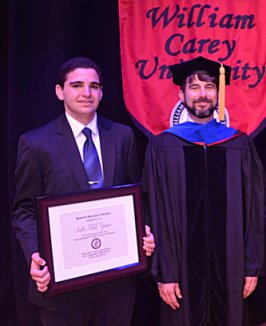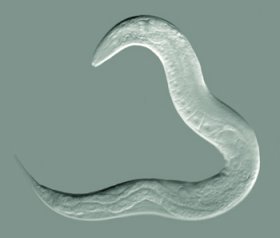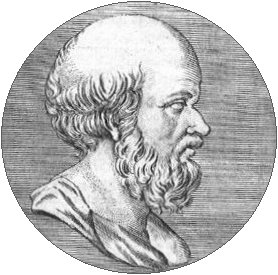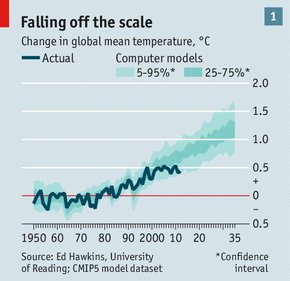This past weekend, I spoke at the Sioux Empire Christian Home Educators (SECHE) convention. It was a small convention, but it was well-organized and full of enthusiasm. While I can understand the draw that large conventions have (lots of speakers, all manner of curriculum and resources in the vendor hall, etc.), there are a lot of advantages to small conventions as well. I got to spend a lot of time with each individual who wanted to speak with me personally, and there was plenty of time in each session for everyone to have their questions answered. The “personal touch” that is available at smaller conventions simply can’t be experienced at the larger ones.
I gave a total of five talks at the convention, including Homeschooling: Discovering How and Why It Works. In that talk, I give lots of statistics regarding students who are educated at home. For example, I discuss the Rudner study, which found that at every grade level, the average homeschooled student scored better on standardized tests than the average privately-schooled student, who in turn scored better than the average publicly-schooled student. It also shows that the average publicly-schooled student lags farther and farther behind the the older he or she gets. From an academic standpoint, then, it is more important to avoid public school in the junior high and high school years than it is in the elementary years.
In addition, I show Rudner’s comparison between students who are homeschooled every year of their K-12 education and those who are homeschooled for only some of those years. While there is no difference (on average) between the two groups in the elementary years, by the time the students are in junior high and high school, those who did not stay in homeschool lag behind those who are homeschooled every year. To me, this indicates that homeschoolers make the most academic gains in the junior high and high school years. I like the Rudner study, because the author was initially a skeptic of home education, thinking that home educators were a bunch of “conservative nuts.”
After I discuss the data related to homeschooled students, I switch to the data related to homeschool graduates. I show several studies that clearly demonstrate that homeschool graduates excel at the university level compared to their publicly- and privately-schooled peers (see here, here, and here, for example). This led to a very interesting question from an audience member.
Continue reading “The Sioux Empire Christian Home Educators Convention”






